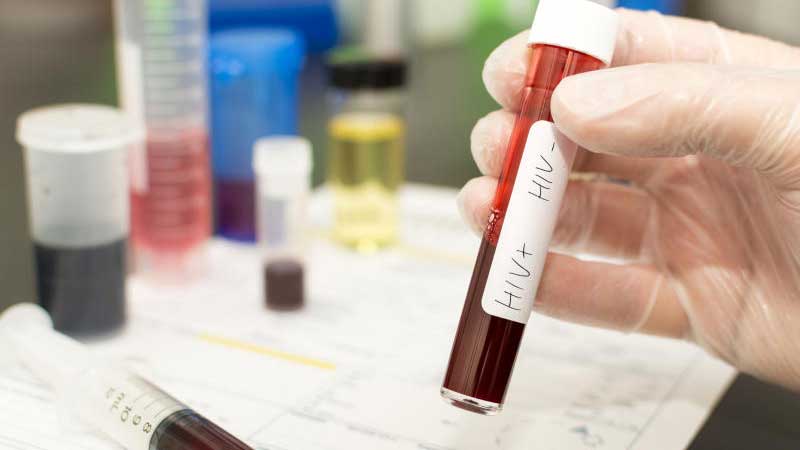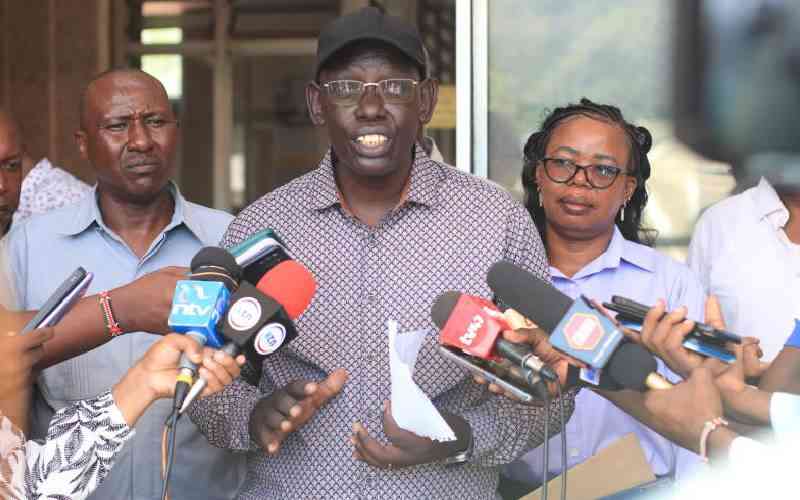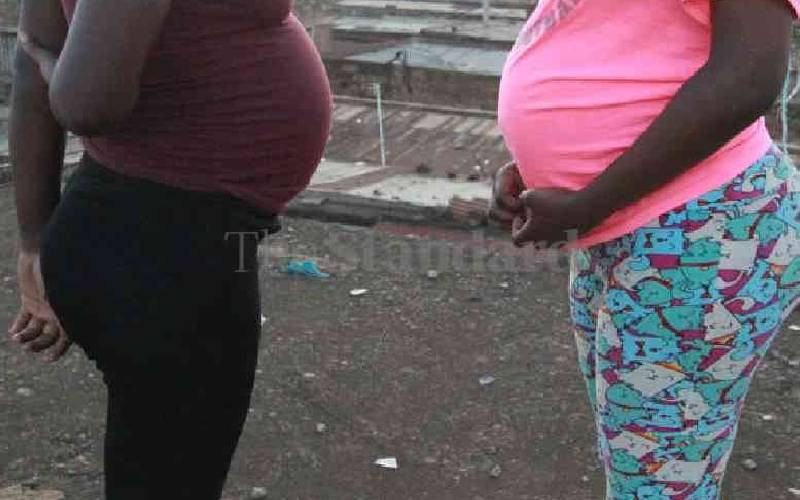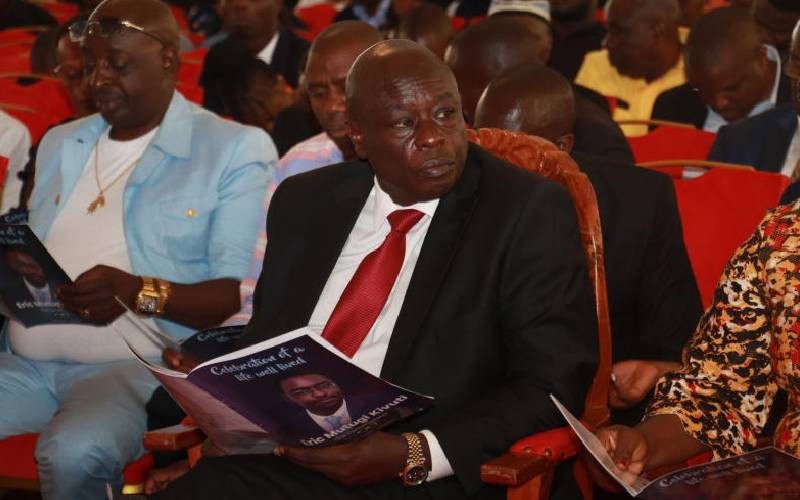
New HIV infections among children in the country have reduced by 40 per cent in the last seven years, new data shows.
More men are dying from AIDS related illnesses even though the most infected are women, according to the report by the Joint United Nations Programme on HIV/AIDS (Unaids).
According to the report, while there were 13,000 infections in 2010 among children aged below 14, in 2017, the number stood at 8,000.
“Children are being left behind. The good news is that 1.4 million new HIV infections have been averted since 2010, but I am distressed by the fact that, in 2017, 180 000 children became infected with HIV, far from the 2018 target of eliminating new HIV infections among children,” said Unaids Executive Director Michel Sidibe.
He added: “While the overall HIV treatment level is high, there is a huge injustice being committed against our children—only half of under-15s living with HIV.
The reduction in the number of children infected with the virus below the age of 14 has been attributed to increase in testing and coverage of pregnant women under antiretroviral treatment.
For example, last year, the report indicates that a remarkable 93 per cent out of the 940,000 women living with HIV in the sub Saharan region received antiretroviral prophylaxis, resulting in an average rate mother to child transmission of under 10 per cent, the lowest in the world.
“That rate would be even lower were it not for the significant numbers of pregnant women who acquire HIV infection during pregnancy or postpartum but who are not diagnosed and offered antiretroviral medicines,” noted Unaids in its July 20, 2018 report.
In the report, it has also been revealed that despite more females being infected with the virus in the country, it is men who die from AIDS related complications.
According to data contained in the Unaids Data 2018 report released this month, there were 27,000 new infections in 2017 among women, compared to men aged 15 and above in the country.
But when it came to deaths, there were 4,000 more deaths among men aged 15 and above compared to 10,000 women who died in 2017.
The report notes that mortality reductions remain higher among women than men, which is particularity notable in sub-Saharan Africa, where 56 per cent of people living with HIV are women.
In 2017, an estimated 300 000 [220 000–410 000] men in Sub-Saharan Africa died of AIDS-related illness compared to 270 000 [190 000–390 000] women. This reflects higher treatment coverage among women,” reads the report.
It adds: "In 2017, an estimated 75 per cent of men living with HIV (aged 15 years and over) in eastern and southern Africa knew their HIV status, compared to 83 per cent of women living with HIV of the same age.”
Stay informed. Subscribe to our newsletter
Unaids explains that in other parts of the world where the vast majority of epidemics are among male, introducing key populations such as gays increases the disease burden in the region.
“This higher burden, combined with lower treatment coverage among men, increases the gender disparity in AIDS related mortality in these regions. Outside of sub- Saharan Africa, 69 per cent deaths from AIDS-related illness were among men and boys,” reads the report.
According to Unaids, there are 1.5 million persons in Kenyan living with HIV where 110,000 are children below the age of 14, 860,000 are women above the age of 15 and 520,000 are men also above 15 years.
 The Standard Group Plc is a
multi-media organization with investments in media platforms spanning newspaper
print operations, television, radio broadcasting, digital and online services. The
Standard Group is recognized as a leading multi-media house in Kenya with a key
influence in matters of national and international interest.
The Standard Group Plc is a
multi-media organization with investments in media platforms spanning newspaper
print operations, television, radio broadcasting, digital and online services. The
Standard Group is recognized as a leading multi-media house in Kenya with a key
influence in matters of national and international interest.
 The Standard Group Plc is a
multi-media organization with investments in media platforms spanning newspaper
print operations, television, radio broadcasting, digital and online services. The
Standard Group is recognized as a leading multi-media house in Kenya with a key
influence in matters of national and international interest.
The Standard Group Plc is a
multi-media organization with investments in media platforms spanning newspaper
print operations, television, radio broadcasting, digital and online services. The
Standard Group is recognized as a leading multi-media house in Kenya with a key
influence in matters of national and international interest.









